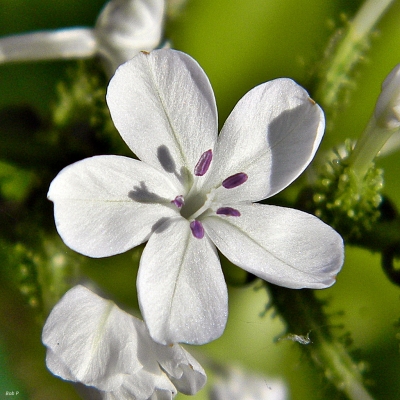- +033 2572 7171
- info@dhanvantary.com

4.5 Rating | 4500 Review

4.5 Rating | 4500 Review
Chitrak is an herbaceous plant with glabrous stem that are erect, climbing and have numerous stems. This plant grows up to height of 3-4 feet. Leaves are 4cm long, thick, fleshy, sessile, oval and lance-elliptic in shape with hairy margins. Base of the leaf is attenuate and apex is obtuse or acute in shape. Bisexual flowers of this plant are white colored, 10-25cm long and are arranged in terminal and axillary elongated spikes and this plant appears throughout year.

Stalked and sticky substance densely covers the calyx. Calyx is totally covered with granular hair and it is capable of killing and trapping insects by secreting sticky mucilage. Fruits have apex are small and have 5 furrows. Fruits contain single seed that is oblong about 5-6mm long and reddish brown to dark brown in color. Fresh straight and slightly branched roots are light yellow colored and dried roots are reddish brown with a pungent odor.
Plumbago is mainly native to old tropical regions of pacific and Hawaiian island. It is cultivated for medicinal and commercial purposes. Chitrak is densely distributed found in south India and Sri Lanka. In India it is also easily available in Bengal and Uttar Pradesh.
Kingdom
Plantae
Order
Caryophyllales
Family
Plumbaginaceae
Subfamily
Plumbaginoideae
|
Hindi / Sanskrit |
English |
||
|
Rasa |
Katu |
Taste |
Pungent |
|
Guna |
Laghu, Rookash, Tikshana |
Physical Property |
Light, Rough, Sharp |
|
Virya |
Ushna |
Potency |
Hot |
|
Vipaka |
Katu |
Metabolic Property (After Digestion) |
Pungent |
It balances vata and kapha dosha.
|
Charak Samhita |
Sushrut Samhita |
Vagbhata |
|
Deepneya – Herb used to improve appetite and digestion. Shool prashmana – Herb used to cure abdominal pain. Arshoghna – Herb used to cure piles. Lekhneeya – Herbs which have scraping power. |
Amalkyadi, Pippladi, Mustadi, Varunadi, Aragvadhadi |
Pippalyadi, Mustadi, Varunadi, Aragvadhadi |
